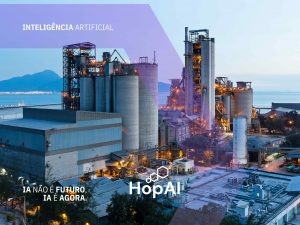We have been witnessing significant changes in some supermarket shelf products. Aiming not to raise prices for the customer, the industry is reducing the size of products while keeping the price close to the previous one or with some minor reduction. This practice is called “SHRINKFLATION.” Some cases have started to become the butt of everyday jokes, like the chocolate box that will soon consist of just a few confetti (those round, colored chocolate pieces), due to the reduction in the size of the chocolates (whose individual packages are still “as big as they were,” leaving space in each chocolate).

This raises the question: What is the limit? How far can the industry reduce without driving away customers?
Biscuits are no longer vertical in packages but are now horizontal to appear as if the package is large, but it’s a mere illusion. The observant notice this by reading the weight of the packages that have been reduced.
We won’t cover all examples, but generally, this has been happening from food to soaps.
Put yourself in the position of the industry’s board when making this decision. Do they have enough data for it? Or will they take a risk and see what happens? They make the change and follow up after a month, quarter, semester…
After 3 months, there was a 20% drop in sales… after 6 months, the drop increased to 30%… What to do? Do we maintain or revert?
Looking back is not the best solution and runs the risk of losing ground to competitors. Here enters artificial intelligence with machine learning models that can help in forecasts and planning.
There are many possible data, and if the industry has a good relationship with retail, the latter providing the former with data for decision-making, it will be the most promising path.
What data can we have from retail: The customer profile and changes in purchases. Vital information for this decision-making. Today, retail offers benefits for those who provide their CPF (Brazilian Taxpayer Registry Number) at the purchase, it’s not “for free,” of course. The machine learning models act strongly in analyses, classifications, regressions to make purchasing decisions. After all, shelf space is expensive, and retail also does not want to lose revenue because the industry decided to pack “confetti” in the form of chocolates.
With a CPF, that is, identifying the buyer, it can notice cases like these:
- João has a class B profile, bought chocolate Wafer biscuits, an average of 3 per week. After the reduction in quantity, João started buying from a competitor.
- Maria has a class C profile, bought strawberry Wafer biscuits, an average of 1 per week. After the reduction in quantity, Maria switched to Mabel biscuits.
- Joana has a class A profile, bought strawberry Wafer biscuits, an average of 4 per week. After the reduction in quantity, Joana increased to 6 Wafers.
- Renato has a class B profile, bought strawberry and chocolate Wafer biscuits, an average of 2 per week. After the reduction in quantity, João started buying only 1 chocolate and switched to the competitor.
Here we already have samples of how AI can help, first by classifying customers by profile. It’s not mere data present in the database; the supermarket (retail) does not have data on people’s income, where they live, savings. They can’t tell right away if the customer is class A, B, C, or D… They need to evaluate this by a classification method based on purchases. The great difficulty is that it is not only by the purchase value. If João spends 1,000.00 on purchases in the month and Joana 700.00, how do we know that Joana is class A and João B? After all, Joana spends less, she might be shopping at another supermarket. Retail can classify by the items that Joana and João buy. Products aimed at class A, B, or C, amount spent, frequency of purchases, and whatever else they have data on.
Well, now that we can classify the profile, let’s go to the analyses. Which class was more sensitive to the change in biscuit size? Which class switched to the competitor, and which stopped eating Wafer biscuits? Did they switch to other brands of the same type of biscuit or to another type of biscuit? Did these other brands maintain the normal size or also reduce in size? Some customers may become furious with the reduction if they feel betrayed by the brand and really start consuming other items, abandoning the Wafer, the chocolate box, etc. And, after the 3 months, the 6 months, which class returned to buying the Wafer? Which never came back, etc.
These data used in Machine Learning models will enable retail and industry (if they have access) to predict further ahead what might occur, suggest advances or retreats, reposition themselves in front of the classes, evaluate the launch of some new product that can occupy the space left with the change, in short, various insights for decision-making.
Think about it, just a BI, a data visualization, wouldn’t easily reach these results. Just for one product (our example of the Wafer or even the chocolate) it’s already difficult, imagine for the thousands of products present on the shelves? Toilet paper, flours, yogurts, ice creams, bread, peanuts, cheeses, soaps, toothpaste… a multitude.
If these data are only in the possession of retail, this gives them great power against the industry, if they really have ML models that exploit the data generating value. Retail can pressure the industry (or wholesaler) with information they don’t have, reducing shelf space, negotiating prices, for example. If there is a joint operation between them, shared data, an avenue of possibilities arises in cooperation. It’s not easy or trivial, this partnership, after all, there are several suppliers, various brands, all wanting a “place in the sun.” But if I were in the direction of the industry, I would try this partnership aiming for the data, or even buy these data from retail. It’s buy or die.
Someone might think… but the industry does research, tests with people before launching products, changing them… Yes, sampling and research occur and help a lot, but they are insufficient in relation to reality, to the complexity of competitions, flavors, and brands. Reality is much more complex, dynamic, and quick.
More and more, the supply chain depends on data, on machine learning to generate more value. Those who resist or delay will not survive.




